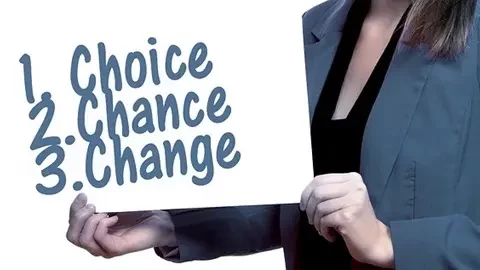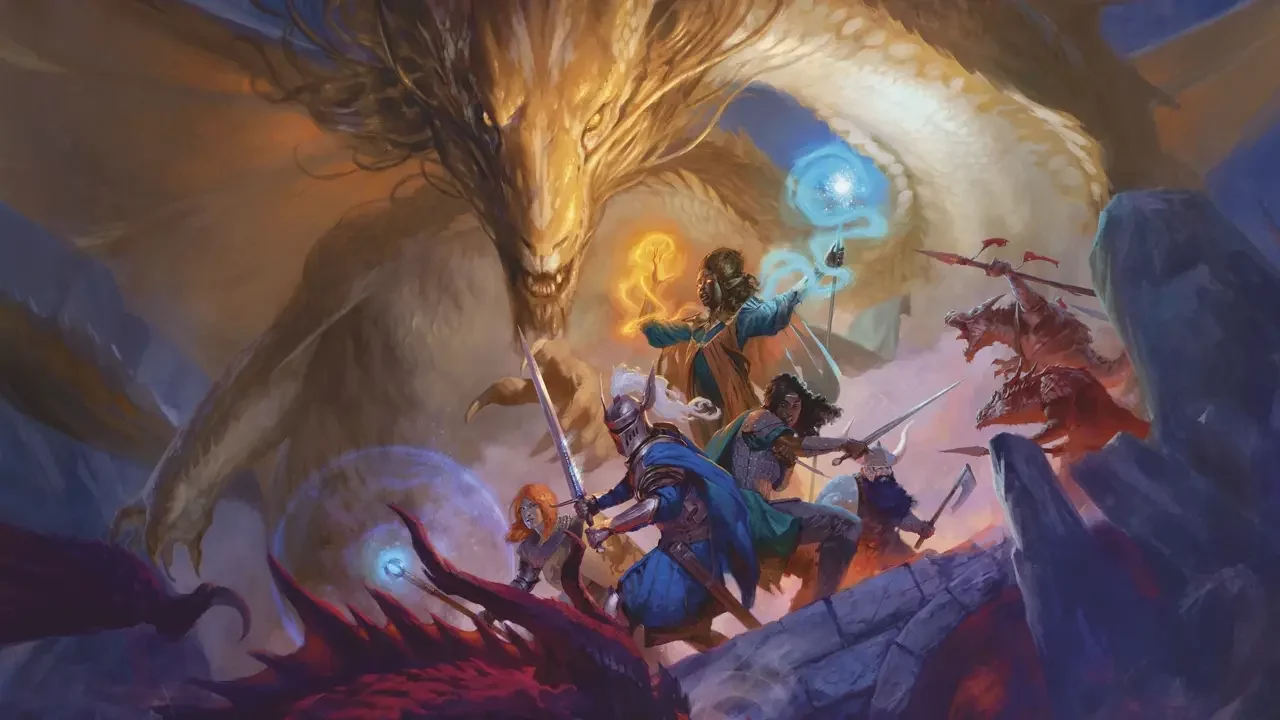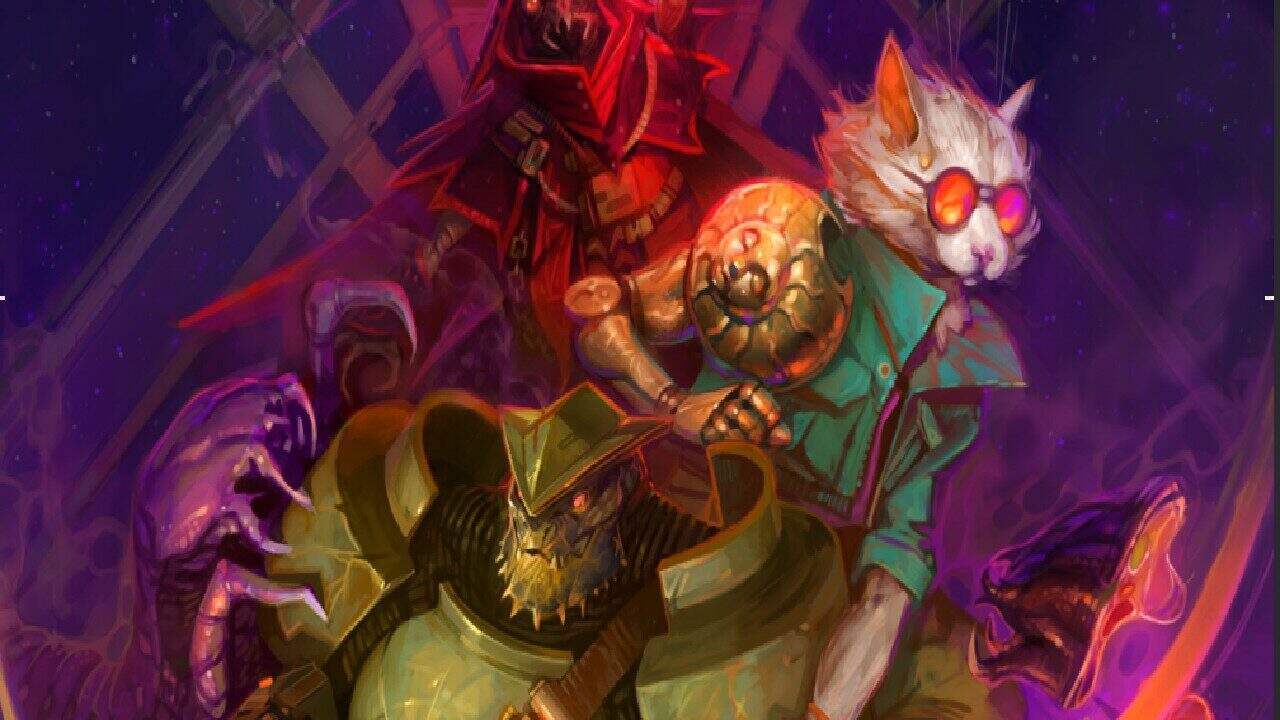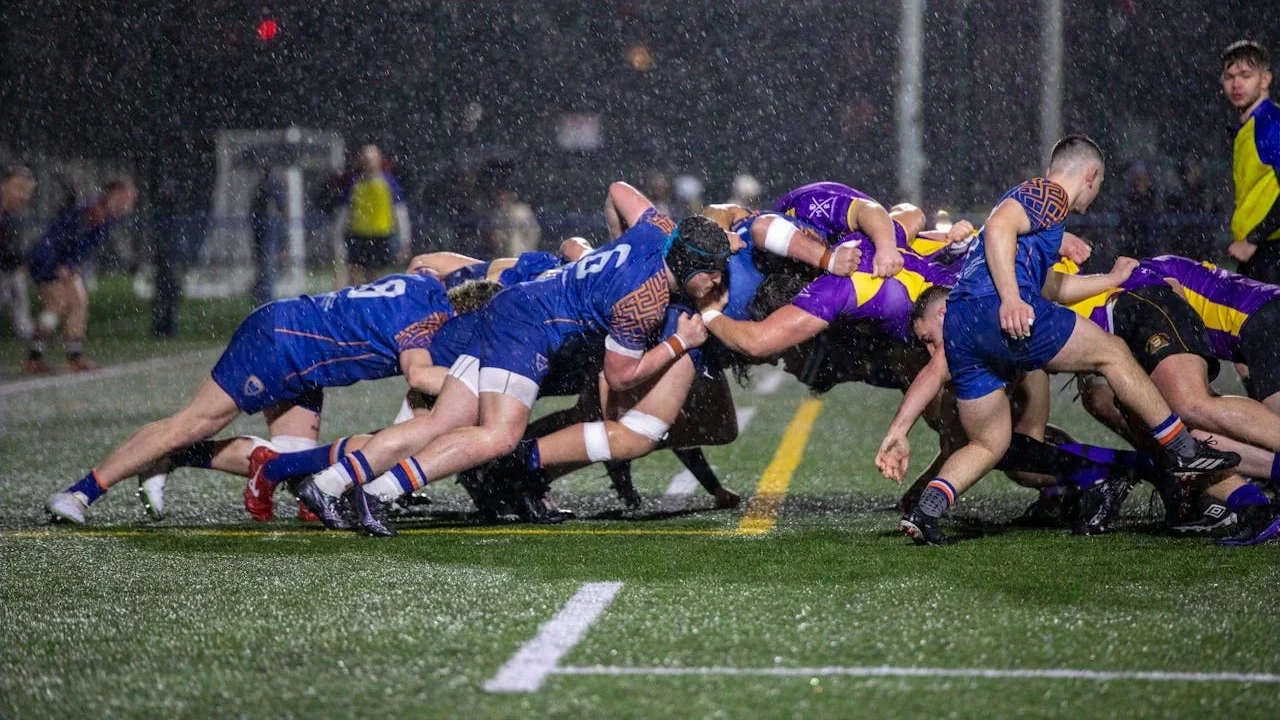Some of the positives for sharing tabletop roleplaying games with younger players are obvious. Being huge amounts of fun is the most important one. However, there also many other benefits, including making older players improve their game. Here’s an introductory guide on playing this brilliant hobby with kids.
Benefits of Games with Younger Players
Tabletop roleplaying games (TTRPGs) are a great way for family and friends to spend time together. Playing games makes relationships stronger and gives lasting memories. It also lets people share their passion for this wonderful hobby. Hobbies only stay healthy and grow if new people try them out. TTRPGs are not for everyone, but the more people try it, the more games there will be. And that is a very good thing.
It’s true TTRPGs can help a child’s development. Besides improving mental health—for both the young and the old, science shows TTRPGs boost imagination, problem-solving, teamwork, empathy, and self-confidence. However, fun should always be the priority. Learning naturally follows if people are having fun at the table.
Perhaps less obviously, these games can make older people better players, too. More on that in a bit, though. First, let’s look at some important considerations for running games with kids.
Choosing Systems for Games with Younger Players
Choosing the right system matters. However, this does not always mean an official TTPRG is best. At their most basic, traditional TTRPGs are about players deciding on an action, and then rolling dice to determine success. Success or fail, the situation changes and the players have a new decision to make. That’s it. That’s the entire gameplay loop.
Consequently, gamemasters (GMs) just need to ask questions and have some dice ready; the younger players provide the answers and roll when necessary. There really is no need for anything else to play—no rulebooks required. For example, a hero is fighting a goblin. Roll 2d6, and any value of 4+ means the goblin agrees to help the hero. Failure means the goblin runs away; a chase may happen next.
Especially for very young players, go as rules light as possible. Once the players understand the gameplay loop, GMs can add complexity. However, this should only happen if it would make things more fun for the player; being the “proper” way to play is not a good reason.
What about Slightly Older Players?
Older kids, on the other hand, want more rules. Using an official game—making it simpler if necessary—might make more sense. A quick search on DriveThru RPG shows Hero Kids by Hero Forge Games currently has a rating of 4.8/5 from 417 people. Likewise, Amazing Tales is also on a rating of 4.8 from 111 people. From my own personal experience, I can recommend Monte Cook’s No Thank You, Evil! and CoraQuest by Cora and Dan Hughes.
No Thank You, Evil! is a simplified version of the Cypher System. It has three levels of play. Level one is for ages 5-6 and uses d6s. The game focuses on the kids’ imagination, asking only what characters do. Level two is for 7-10 year olds. The d20 replaces the d6s and players can now spend resource points to make actions easier. The game encourages players to describe how or why characters do things, not just what. Level three is for ages 11 and above. It’s basically the Cypher System at this point.
All of this makes No Thank You, Evil! feel very close to the traditional TTRPG experience. Complex rules get introduced in stages; there’s a clear goal of having a good time while training kids to learn the Cypher System. This will make it a great introduction into the hobby for some people. It was easy to introduce my seven year old daughter to; there are just a few rules to learn in the beginning, and she enjoyed the freedom in choosing actions. She also loved rolling the d20 when we moved up to the second level of play.
Games with Younger Players who Want More Structure
However, my daughter has reached a stage where rules mastery is a real source of fun. So, we also gave CoraQuest a try. Cora and Dan Hughes, a daughter and father team, made CoraQuest during a Covid-19 lockdown. It’s a game aimed at players aged 6 or older. Players share a four character party between them, explore a dungeon, and try to complete a quest. The dungeon reveals itself semi-randomly, so quests rarely—if ever—play out the same way.
There’s a lot more tension because there’s no active GM in control. Characters are in a lot more danger; combat is frequent and if any hero drops to zero hit points, all the players lose the game. Actions use d6s, but there’s no maths; players only count successes, much like Free League’s Mutant Year Zero system. In contrast to the freedom of No Thank You, Evil!, players choose twice from a short list of actions for what they can do.
This makes CoraQuest feel much more like a board game. The rigid system means there are more rules to understand from the start; this made it more difficult for my daughter to fully enjoy the first couple of games. However, after she had gotten used to the rules, she has asked to play it more than the Monte Cook game.
I mentioned she is enjoying rules mastery now. Understanding something difficult, when rules start enabling fun instead of preventing it, could be one reason for her current preference. It’s also worth mentioning my wife, who is not a fan of TTRPGs, joined in playing CoraQuest a lot more; the board game feel made it much easier for her to relax and enjoy than the freer-form No Thank You, Evil!
Choice Is Best for Games with Younger Players
Being flexible on system choice is important. It really helps having two or three choices that offer very different experiences for everyone to try. Three different versions of Dungeons & Dragons styled systems isn’t going to inspire in the same way. People’s preferences change with time. CoraQuest is the favourite now, but that will change some time in the future. And that’s perfectly fine. For most players, trying more systems means more chances of fun.
For Games with Younger Players Get Tactile
One of the big advantages of using an official TTRPG is that it will probably come with props. Moving tokens around a physical map, revealing cards, building up loot piles, and rolling dice stimulate kids in many ways. Adding your own music and sound effects playlists is a brilliant idea, too. More stimulation means more fun.
Both No Thank you, Evil! and CoraQuest come with lots of brightly coloured props in the box. However, it’s worth also noting both games include rules for making custom heroes, monsters, loot, and quests. Kids can see their ideas and drawings in action. For players who don’t like drawing, consider using stickers, LEGO models, or similar. Boxed sets save on time, but a really determined group could make everything needed to play.
General Tips for Games with Younger Players
Most kids will want to play games that involve fantasy, space, superheroes, or animals. Regarding tone, light hearted, adventurous, or funny are best. Speed is essential. Keep gameplay moving—decisions, actions, and dialogue should all be quick. Consider using an always active turn order like Shadowdark’s; this can help to make sure play keeps flowing, everyone getting an equal turn. Gaming sessions should run for about 30 or 40 minutes. Try to never let them go longer than an hour.
Involving the players directly in creation is also really effective. Let the kids name things like items and monsters. Give magic items silly powers. Don’t worry about balance; if an idea seems fun, include it even if it seems overpowered.
Age-Specific Tips
For ages 4-6, approach the session like a story with dice. There should little or no maths involved. Additionally, consider letting very young players roll the dice for all the adult players to keep them active.
For kids aged 7-10, rules light systems with a focus on simple combat and cooperative puzzles work well. Be very consistent with rules; they are often very important for players at these ages.
For players aged 11 and older, complex systems, character growth, and low level moral problems all become possibilities. However, be careful not to be too morally complex or dark in tone; sensitivity over certain topics, especially violence and death, is very important. As with any group, young and old, what is fine for one player might not be good for another.
Playing Games with Younger Players Makes Experienced Gamers Better
Earlier, I said playing with younger gamers can make older people better players. Here are some thoughts on why:
It will make a player carefully consider if a rule is useful. When people homebrew for games with adults, it’s usually adding something; adding content to a system is nearly always easier than taking it away. Understanding whether a rule can be simplified or cut and still keep the same level of fun is a very valuable tool.
That’s a mechanical consideration. However, it also helps socially. Older gamers often feel forced to pay more attention to how younger players are feeling. This boosts player empathy; older players question more frequently if a game’s tone and events are improving the level of enjoyment at the table. They can use this training in their regular games.
Also, it should help time management. As mentioned, games lasting 30-40 minutes work best. That means GMs must keep events and actions moving quickly. Getting lost on rules interpretations or excessive scene descriptions will have most kids signalling they’re getting bored.
Games with Younger Players Boosts Improv Skills
GMs are always facing the challenge of improvising well. However, playing with kids will level up this ability, too. Plots changing mid-session are not unusual. Interpreting dice so that a miss still feels meaningful is a frequent requirement. But more than all that, younger players bring completely new perspectives to the table.
Very young gamers have no concept of the traditional relationship between an adventurer and their quest giver. This basic idea is the foundation for so many games. However, kids don’t have the training adults have had. Receiving a queen’s command or a high wizard’s request might not be automatic. There’s no guarantee young players will accept an adventure hook—then again, adult gamers do this too.
But young players may respond to negotiations, calls for help, or attempts to reward in unexpected ways. For instance, my daughter did not want Wizard Pebbledash’s reward of gold for a completed quest. Instead, she told the old man he was coming to a picnic with the party’s new pet hedgiecorn. And to bring tea. The wizard needed a second to understand just what had happened before he could agree.
For Fun, Improvement, and the Future!
Playing TTRPGs with kids can be fun, fulfilling, and it can help older players be better gamers. It also has a long list of benefits for the kids, too. Sharing this hobby with anyone is a wonderful thing. However, introducing the next generation to TTRPGs ensures many more great games will come far into the future. And that is a very fine thing indeed.
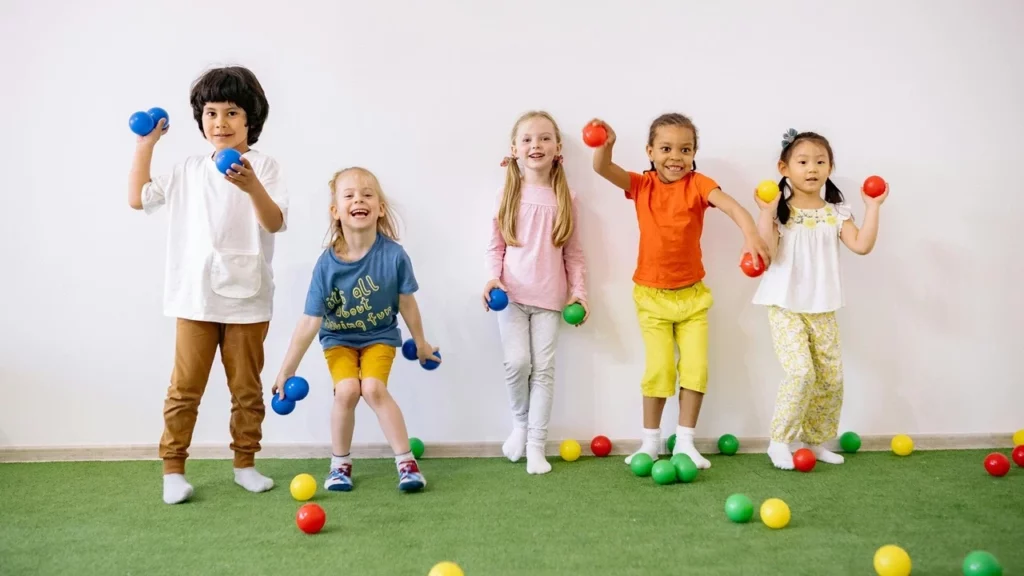



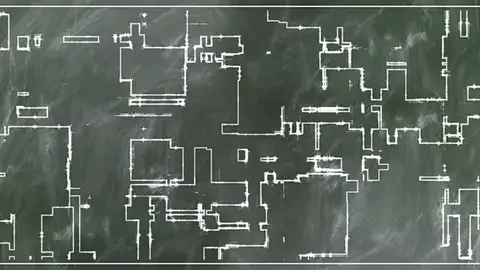

![pexels-freestocks-688961 A photo of a French Bulldog eagerly eyeing a bowl of snacks. Illustrates [alt text].](https://www.michaelghelfistudios.com/wp-content/uploads/2025/02/pexels-freestocks-688961.webp)

![dog-838281_640 A close up photo of a dog staring at the camera. Illustrates [alt text].](https://www.michaelghelfistudios.com/wp-content/uploads/2025/02/dog-838281_640.webp)
